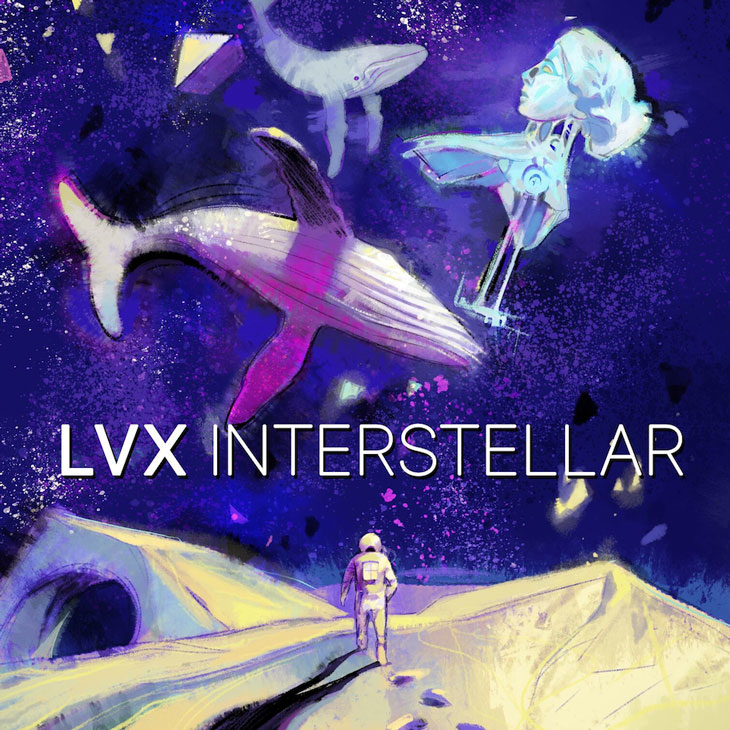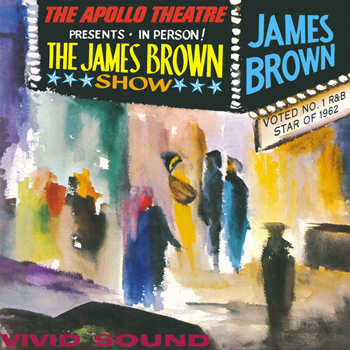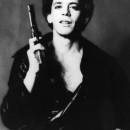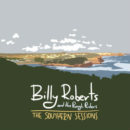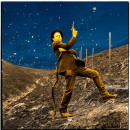There’s a moment on Interstellar, during the track “Earthlight,” in which two disparate genres come together seamlessly. After several minutes of fast-paced sampling and suspenseful synth instrumentation, a respite takes shape in the form of a brief but notable melodic guitar solo.
Rock and metal—the genres which Jerome, the man behind LVX, grew up playing—are all about the music. They’re about guitar chords and drum solos and reveling in the power of each instrument. Meanwhile, synthwave, the genre which LVX is now exploring on Interstellar, isn’t really about the music at all. It’s a genre created in the ‘80s and regenerated in the 2000s by film and video game fanatics to reflect their interest in storytelling, science-fiction, and gaming. Synthwave is like a soundtrack to performance, while rock is the performance.
The most immediate influence present on the album is the French house artist Kavinsky, but there are many other non-musical influences hidden within the layers of LVX’s “retro future wave” tracks, including filmmakers, authors, and artists. The opening salvo of the six-track EP immediately pulls listeners into the album’s intrigue and mystery with dark synth chords while the follow up, “Jupiter and Beyond the Infinite,” sounds like it was made to accompany a sci-fi feature. You can almost see David Lynch or Stanley Kubrick films, two of LVX’s biggest influences, playing in the background as you listen to Interstellar.
Even the album art for Interstellar, done by Xavier Coste, featuring an astronaut and random objects floating through space, reflects Jerome’s interest in sci-fi and space exploration, not to mention Salvador Dali, another of Jerome’s major inspirations.
The opening salvo of the six-track EP immediately pulls listeners into the album’s intrigue and mystery...
As it goes with trying new things, there are moments on Interstellar in which you can sense that LVX is playing with the genre of synthwave, testing what it can do for him as an artist. Songs like “Earthlight” and “On the Run” jump around frantically, barely letting the listener relax into a melody and beat for a few bars before switching it up and moving onto something new.
But the album never sacrifices cohesion for playfulness. Flawless transitions—in part, thanks to producer François Bonnet—throughout tracks like “Jupiter and Beyond the Infinite” are proof that every second of Interstellar was planned and very well thought out. Even the tracklist is impeccably ordered, opening with the beautifully layered “Earthlight,” then letting the listener relax and take a break from the anticipation halfway through with the breathy, chillwave track “First Contact 89,” before closing out with the energetic but appropriately reflective “On the Run.”
The key to this EP, and to synthwave in general, is the interactive component: the listener is invited not just to listen or sing along, but to step on board and take part in the creation process. Interstellar is a successful first entry into synthwave, showing that LVX has clearly mastered the principles and composition of the genre. Now, it will be interesting to see if he can truly make the genre his own with future projects.
8,730 out of 10,000 Rawckus Kung-fu Throwing Stars

